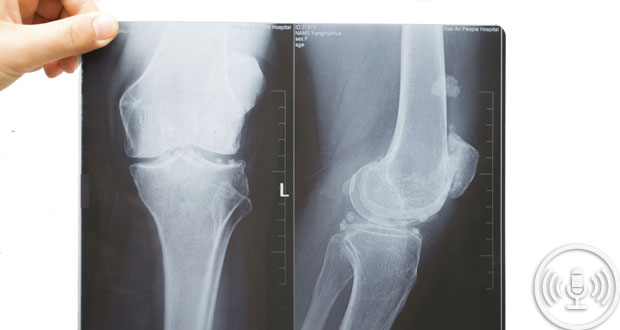The stress associated with social disadvantage could be putting people at higher risk of developing osteoporosis, new research has revealed.
An international team of researchers have suggested the stress triggers a genetic response in the body that puts people at higher risk of developing the disease.
Led by Dr Sharon Brennan-Olsen, who heads the Health Equity Epidemiology Division in the IMPACT Strategic Research Centre at Deakin University, the researchers proposed a new model for looking at what happens to the body throughout the lifespan to cause the development of osteoporosis.
Brennan-Olsen said: “Over the last few years, our research has shown that there is a social gradient of osteoporosis, whereby people of lower socioeconomic status are at higher risk. What we have not known is why.
“We have shown that in addition to other factors that have direct impact on bone health, such as physical activity and diet, the stress of social disadvantage causes physiological wear and tear on the body. This sets off a chain of biological events that turn off certain genes and ultimately weaken the bone structure and increase the chance of developing osteoporosis.”
Brennan-Olsen, who is also affiliated with the University of Melbourne and Australian Catholic University, said while the team doesn’t have a full picture yet, the new insights underscore the importance of lifestyle changes and stress reduction programs to help reduce health inequities across social groups.
Do you have an idea for a story?Email [email protected]
 Aged Care Insite Australia's number one aged care news source
Aged Care Insite Australia's number one aged care news source

